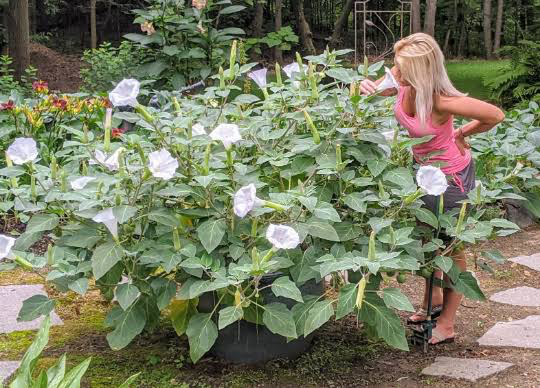ruby said:
I’m not sure if the following pictures of Microseris walteri and Microseris scapigera tubers will help you Buffy, but here you go. Hopefully you may see something helpful when you compare to your tuber.
In all the pictures I have seen of walteri tubers, they tend towards a chunkier shape, whereas scapigera looks longer and thinner, more like a parsnip shape and skin texture.
Scapigera, one year old plant by the look of it-
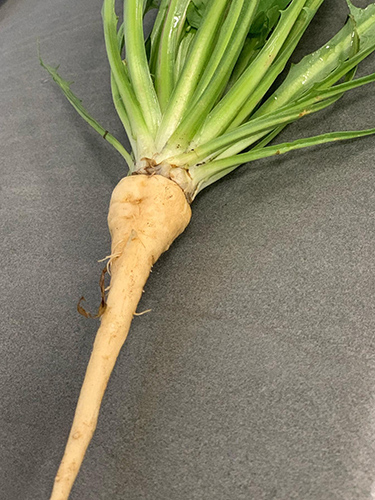
Walteri, no details given on how old the plants were at harvest, I assume around a year old-
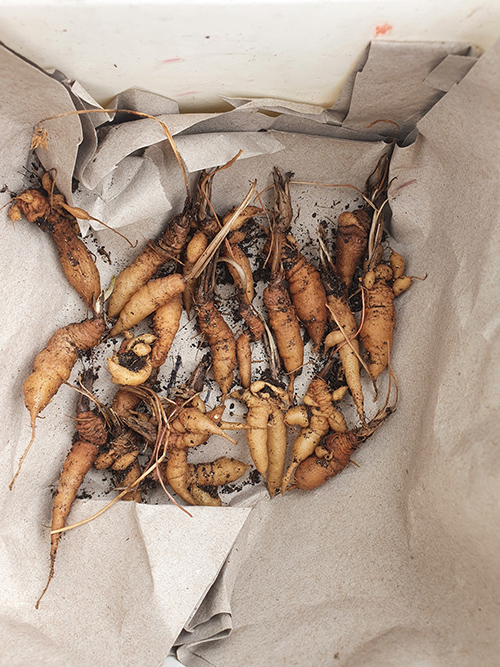
This looks like my M. scapigera plants when they grow to the second and third year. i have successfully been able to divide plants like these and grow the offsets. I have wondered if this is a trait that could have been selected and utilised, as my clumpy plants get the original larger tuber which could be eaten, and then the smaller ones to be planted to increase the population
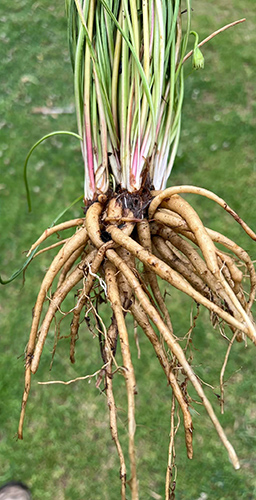
Thanks ruby. I’ve just scattered the putative M. scapigera seed across the top of a pot and put the pot with my other pots that have orchid and other seed scattered hopefully. They are just sitting in a sheltered spot and letting the weather do its thing. On the dividing the clumps thing…We live on the Southern edge of a big broad plain between us and Gariwerd (the Grampians). According to “The People of Gariwerd” by Gib Wettenhall:
“Armed with their digging sticks and baskets, each with a carrying capacity of up to 30kg, the Djab wurrung and Jardwadjali women and children gathered immense quantities of tuberous roots and edible food. One of the most important year-long food staples was the yam daisy, or murnong. It’s yellow dandelion like flowers once covered the grasslands in their millions. Robinson describes the sight in 1841 of women “spread over the plain as far as I could see them…each had a load as much as she could carry”
Over a period of a few years the women would dig over much of the plains country within their range to get at the sweet tasting, starch rich clumps of murnong tubers.
If they were taking such vast numbers, why did murnong not become scarce? The answer is that the women only thinned the clumps of tubers. Moreover, the digging aerated the soil, incorporating litter and ash, thereby cultivating and fertilising the tubers of murnong and other edible orchid and lily species.
Early settlers remarked on the loose, absorbent nature of the soil when they first arrived. But the sheep they brought with them not only dug out the shallow rooted murnong within 12 months; their hard hoofs also compacted the cultivated soil of the Djab wurrung and Jardwadjali.”
I read this many, many years ago and it all made a lot of sense.
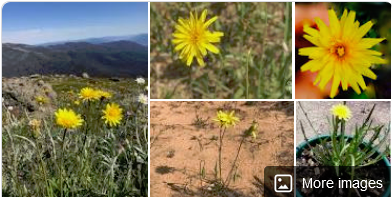


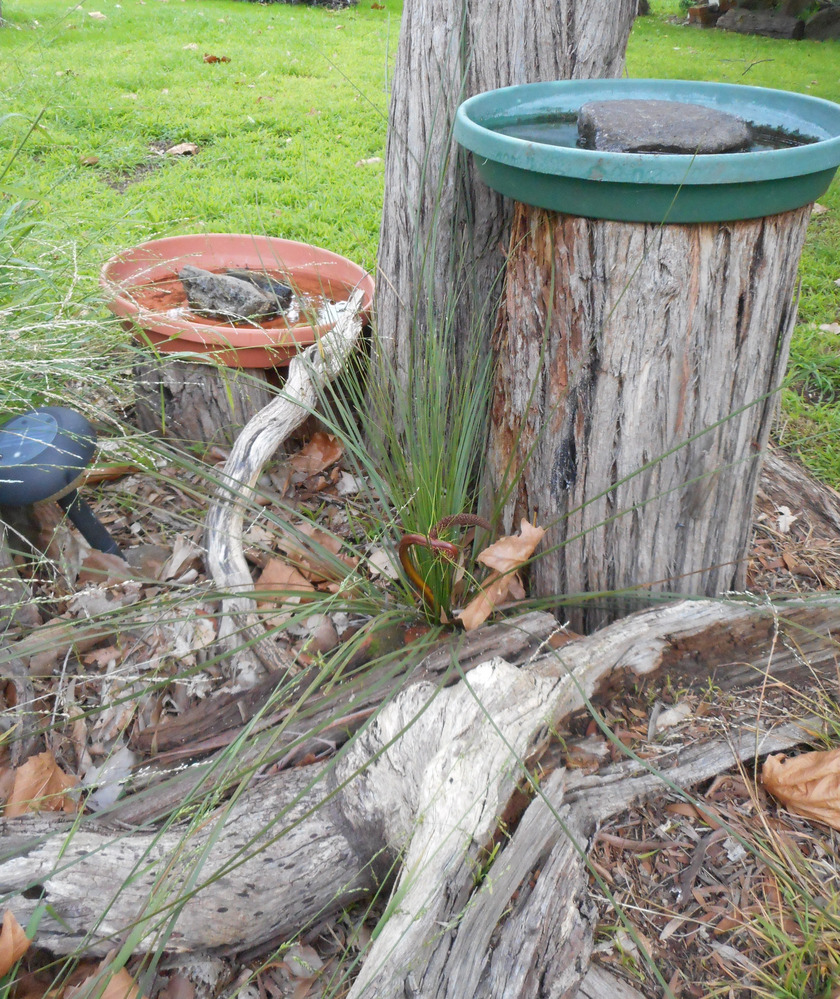
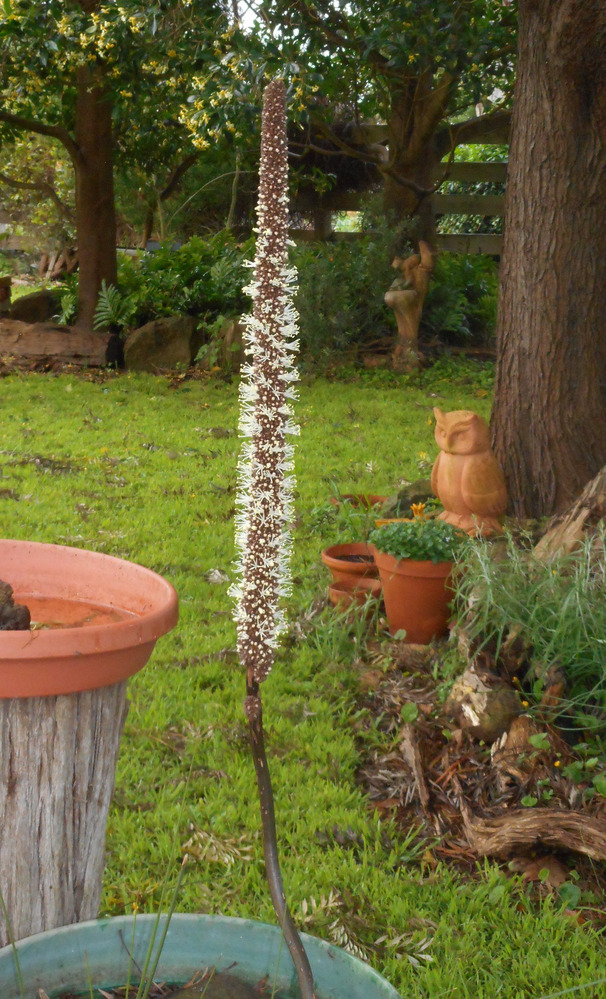 ……………
……………

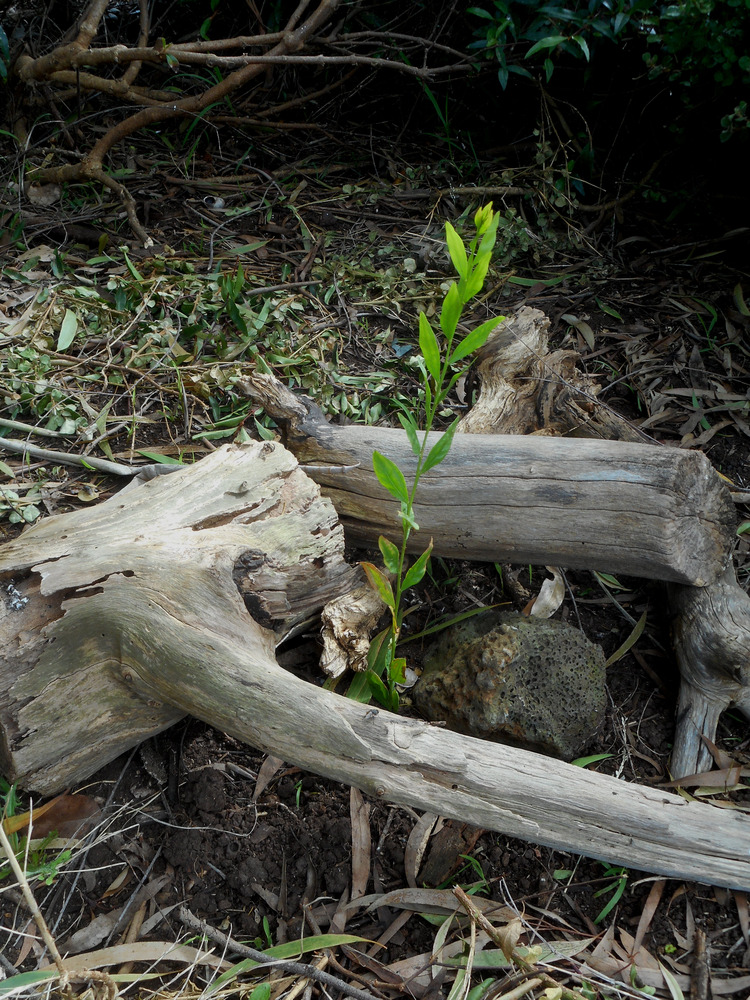 …..
…..



